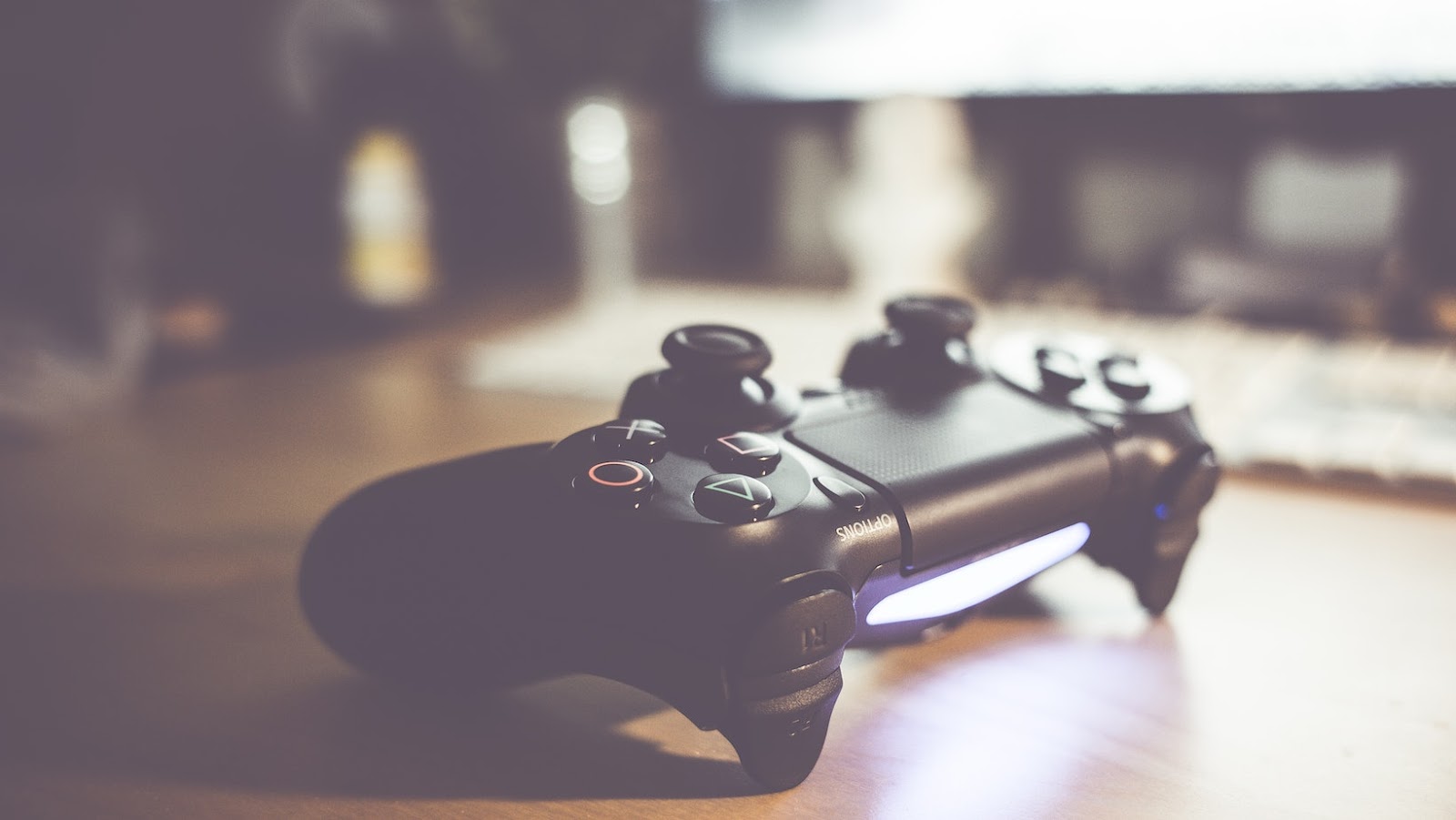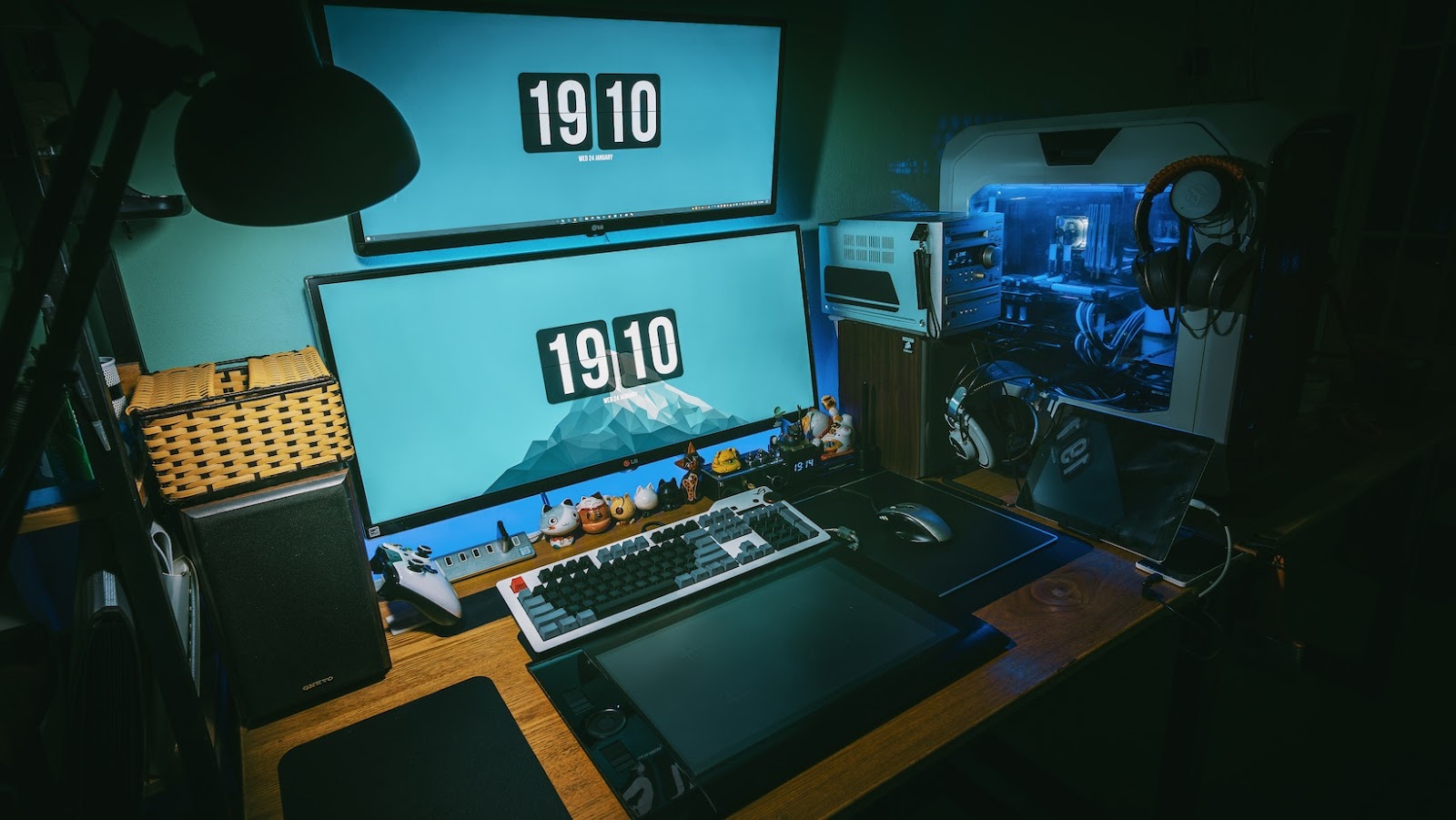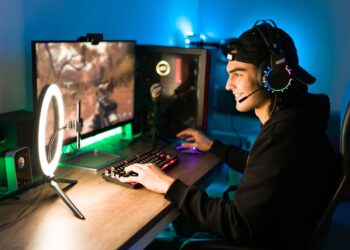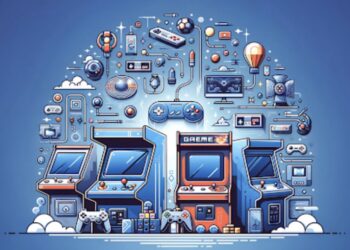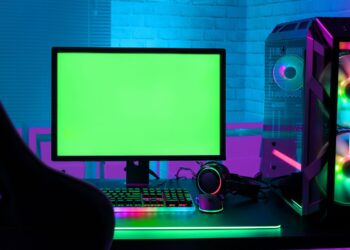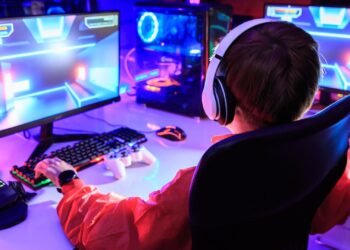Unity is a powerful and versatile game engine that allows you to create stunning 2D and 3D games for various platforms. But how do you take your Unity skills to the next level and create professional-quality games that stand out from the crowd? That’s what this article is all about.
Whether you are an experienced unity game development company or a beginner who wants to challenge yourself, this article will provide you with valuable insights and tips on how to make your games more engaging, immersive, and polished.
So let’s get started!
Optimization Techniques
Optimizing game performance is crucial to ensure that players have a smooth and enjoyable experience. Here are some optimization techniques that can be used in Unity game development:
- Object Pooling: Object pooling is a technique used to reuse objects instead of creating and destroying them frequently. This reduces the overhead caused by garbage collection and improves performance. For example, if a game has many enemies that need to be created and destroyed frequently, object pooling can be used to reuse enemy game objects instead of creating and destroying them every time.
- Culling: Culling is the process of hiding objects that are not visible on the screen. This can significantly improve performance by reducing the number of objects that need to be rendered. Unity provides several culling techniques, such as frustum culling and occlusion culling, to optimize rendering performance.
- Level of Detail (LOD) Systems: LOD systems are used to reduce the complexity of objects that are far away from the camera. This reduces the number of polygons that need to be rendered and improves performance. For example, a LOD system can be used to render a low-polygon version of a tree when it is far away from the camera and a high-polygon version when it is close to the camera.
Examples of how these optimization techniques can be used in Unity game development:
- In a first-person shooter game, object pooling can be used to reuse bullet game objects instead of creating and destroying them every time a player fires a gun.
- In an open-world game, culling can be used to hide objects that are not visible to the player, such as buildings behind a hill.
- In a racing game, LOD systems can be used to render low-polygon versions of cars that are far away from the camera, reducing the number of polygons that need to be rendered.
Advanced AI Techniques
Creating engaging and challenging gameplay often requires advanced artificial intelligence (AI) techniques for enemies and non-player characters (NPCs). Here are some advanced AI techniques that can be used in Unity game development:
- State Machines: State machines are a common AI technique that involves modeling an NPC’s behavior as a set of states and transitions between those states. For example, a state machine for an enemy might include states for patrolling, chasing the player, and attacking. Transitions between these states might be triggered by events such as the player being spotted or the enemy taking damage.
- Behavior Trees: Behavior trees are another AI technique that involves modeling an NPC’s behavior as a tree of actions and conditions. Each node in the tree represents a behavior, such as “patrol” or “attack,” and each branch represents a set of conditions that must be met for that behavior to be executed. Behavior trees are often more flexible than state machines and can be easier to manage for complex NPCs.
- Neural Networks: Neural networks are a type of machine learning that can be used to create more sophisticated AI. In a game, a neural network might be trained to recognize patterns in the player’s behavior or to predict the player’s next move based on previous actions. This can be used to create more dynamic and challenging gameplay, as NPCs can adapt to the player’s behavior in real time.
Examples of how these advanced AI techniques can be used in Unity game development:
- In a stealth game, behavior trees can be used to model guard behavior, with nodes for patrolling, searching, and investigating suspicious activity.
- In a real-time strategy game, neural networks can be used to train NPCs to recognize patterns in the player’s behavior and adapt their strategy accordingly.
- In a first-person shooter game, state machines can be used to model enemy behavior, with states for attacking, retreating, and taking cover.
Advanced Animation Techniques
Advanced animation techniques can greatly enhance the look and feel of a game, making character animations more realistic and fluid. Here are some advanced animation techniques that can be used in Unity game development:
- Inverse Kinematics (IK): IK is a technique that allows game developers to manipulate a character’s body parts, such as arms and legs, in a more realistic way. Instead of animating each joint individually, IK algorithms calculate the position and rotation of joints based on the position of other joints. This allows for more natural movement, especially in situations where the character needs to interact with the environment or other objects.
- Blend Trees: Blend trees are used to create smooth transitions between different animation clips. For example, a blend tree can be used to create a seamless transition between a walking animation and a running animation as a character’s speed increases. Blend trees can also be used to blend different animations for different body parts, such as a walking animation for the legs and a shooting animation for the arms.
- Motion Capture (MoCap): Motion capture is a technique that involves recording the movement of real-life actors and using that data to animate 3D models. This allows for more realistic animations and can save time and effort compared to hand animating each movement. MoCap can also be used to capture facial expressions and lip movements for more realistic character interactions and dialogue.
Examples of how these advanced animation techniques can be used in Unity game development:
- In a sports game, IK can be used to create more realistic player movements and interactions with the ball or other objects.
- In an action game, blend trees can be used to smoothly transition between different fighting animations as a player performs different moves and combos.
- In a cinematic game, MoCap can be used to capture the performances of actors for more realistic facial expressions and movements in cutscenes and dialogue sequences.
Multiplayer Networking Techniques
Creating a smooth and reliable multiplayer experience is critical for creating fun and engaging multiplayer games. Here are some advanced networking techniques that can be used in Unity game development:
- Client-side Prediction: Client-side prediction is a technique that involves predicting the movement of other players on the client side based on their previous movements instead of waiting for the server to confirm their position. This can make the game feel more responsive and reduce latency for the player.
- Lag Compensation: Lag compensation is a technique that involves compensating for network latency by predicting the position of other players based on the time it takes for data to travel between the client and the server. This can help ensure that player movements are synchronized across all clients, reducing the impact of lag on gameplay.
- Server-authoritative Architecture: Server-authoritative architecture is a technique that involves placing most of the game logic and decision-making on the server instead of relying on the client. This can help reduce cheating and ensure that all clients are playing the game in the same way, creating a fair and balanced multiplayer experience.
Examples of how these advanced networking techniques can be used in Unity game development:
- In a first-person shooter game, client-side prediction can be used to predict the movement of other players, making the game feel more responsive and reducing latency for the player.
- In a racing game, lag compensation can be used to ensure that all players are synchronized, even if they are playing from different locations with different levels of network latency.
- In a real-time strategy game, server-authoritative architecture can be used to ensure that all players are playing the game in the same way and prevent cheating, creating a fair and balanced multiplayer experience.
Conclusion
In this article, we have covered several advanced techniques that game developers can use to take their games to the next level in Unity game development. We have explored optimization techniques such as object pooling, culling, and level of detail systems to improve game performance. We have also covered advanced AI techniques like state machines, behavior trees, and neural networks to create more sophisticated enemy behavior.
Moreover, we have discussed advanced animation techniques such as inverse kinematics, blend trees, and motion capture to create more realistic and fluid character animations. Additionally, we have covered multiplayer networking techniques such as client-side prediction, lag compensation, and server-authoritative architecture to create smooth and reliable multiplayer experiences.
Mastering these advanced techniques can help game developers create more engaging and fun games that stand out in the competitive world of game development.





